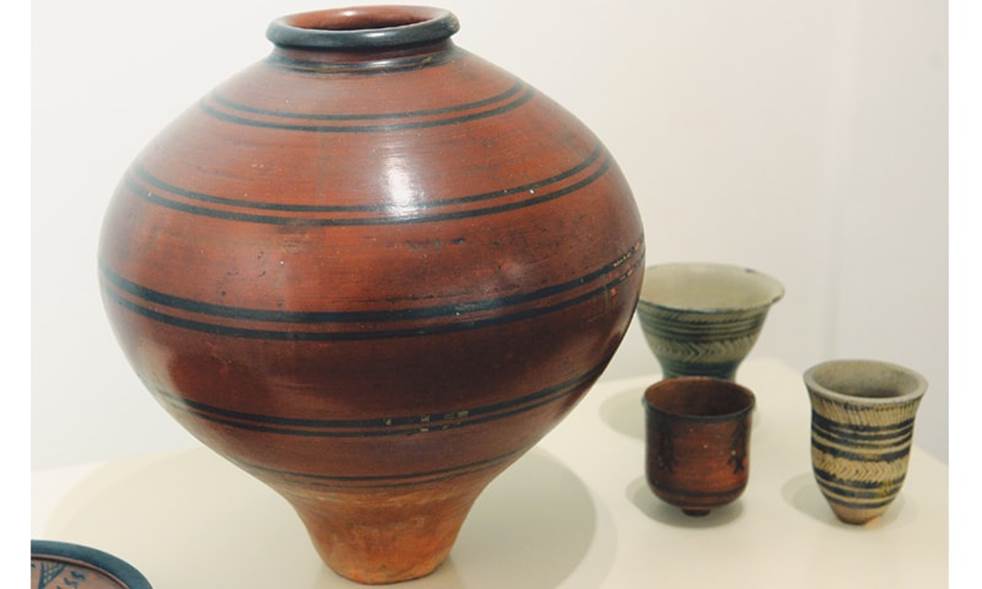
Pottery: Fascinating Ancient Art
By Rafiq Ebrahim
Richmond, TX
The origin of this age-old art is shrouded in the darkness of prehistory. It is believed to have originated in China, but people in the subcontinent of India and Pakistan claim that they were the first to invent the craft of pottery. Though other countries like Japan, Egypt, Syria, Spain, Iran, Greece, and Turkey also abounded in objects of pottery at the same time, but the diversity of physical features varied from time to time. However, the inherent unity of Islamic pottery remained intact, both in its form and its basic decorative elements. These comprised use of abstract vegetal forms, calligraphy, figural iconography, and geometric patterns in the decoration of the pottery.
Vessels, vases, and a host of other objects are made from clay and ceramic, fired at high temperatures to make a hard, sticky mass which is then put in a kiln or taken in hands to make desired objects. In olden days, they used to even make figures of eminent rulers’ called terracotta
Cristian Violatti, an eminent artist, writes in Pottery in Antiquity, September 13, 2014, ‘Pottery is the first synthetic material created by humans. The term refers to objects made of clay that have been fashioned into the desired shape, dried and either fired or baked to fix their form. Due to its abundance and durability pottery is one of the most complex type of items found by archaeologists during excavations, and it has the potential of providing infrastructure about the human past.’
Believed to have started in the 7th Century AD and flourishing till the 17th Century AD pottery became one of the most fascinating crafts. During this period unglazed pottery was popular. Later, in-glaze and luster painting were introduced.
The most important innovation during the 11th Century and 13th Century AD was the discovery of faience to imitate the appearance of a special kind of porcelain, providing the potter greater decorative possibilities for painting designs and presenting better linear and tonal variety on the objects. The use of glazed ceramic for architectural decoration reached its climax.
The period from 16th to 17th Century was called Late Pottery. During this time some of the finest pottery was made in Turkey in the city of Iznik. The Chinese influence of blue and white porcelain also continued.
Many monuments in the world, particularly in Islamic countries, are decorated with colored glazed porcelain tiles. Historic architectures in Pakistan in the cities of Lahore, Multan, and Thatta are decorated by such porcelain by artists from Iran.
The quality of pottery in the Islamic countries rivals even the wares of the Far East, and its influence on the development of European pottery is profound. In the times of caliphates each dynasty had a host of talented artists and artisans. Besides rare paintings, miniature art and calligraphy, pottery was an important cultural aspect. As such, the art kept flourishing.
(Rafiq Ebrahim is a freelance writer and novelist)

